Xiaomi Redmi Note 10 review: Simply ordinary
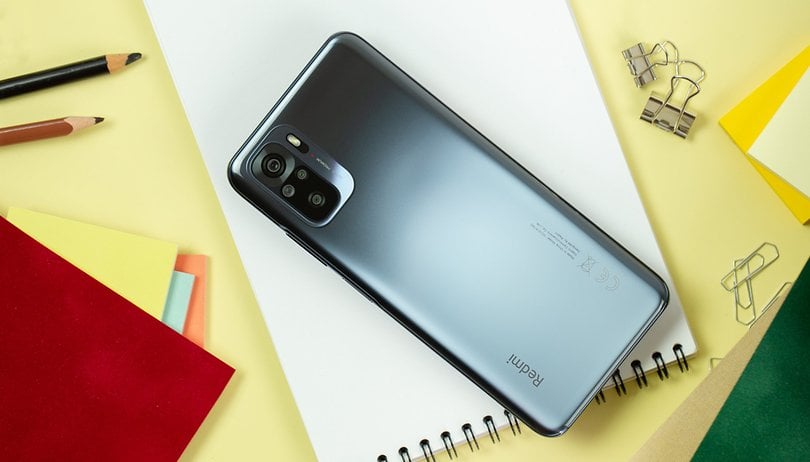

During its unveiling, the Redmi Note 10 was overshadowed by the Pro version in terms of hardware specifications, where the latter model introduced some new and interesting features to the mid-range smartphone market. The basic model, in turn, offers very tiny improvements over its predecessor Redmi Note 9, of which you will read about in greater detail in our review.
Good
- Full HD+ AMOLED display
- Good battery life and fast recharge time
- Water resistant against splashes
- Infrared port
Bad
- No NFC
- Outdated processor
- Not very versatile camera setup

Xiaomi Redmi Note 10 in a nutshell
The Redmi Note 10 shoulders the responsibility of replacing Xiaomi's best-selling models in recent years, while competing with another best-seller, its bitter rival, the Samsung Galaxy A range.
While the Note 10 Pro brings a 120 Hz AMOLED screen and 108-megapixel camera as its new features, the main novelty of the regular Redmi Note 10 is the AMOLED screen, although you are limited to a refresh rate of just 60 Hz here. In addition, the MediaTek Helio G85 SoC was replaced by a Snapdragon 678 chipset which might be newer, but disappointing as you will find out later in this review.
Upgrades are always welcome with each new smartphone iteration, and Xiaomi has included a more powerful 33 W charger here, offering recharge times that are close to the Realme 8 Pro of which sports a lower battery capacity and more powerful charger.
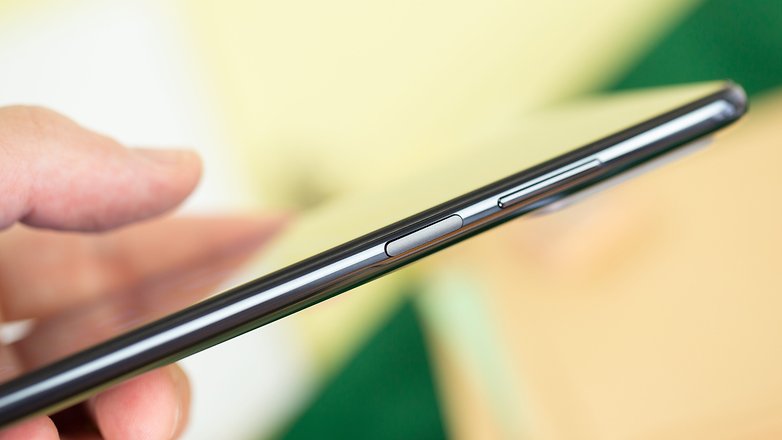
Average design and display
The Redmi Note 10 is more compact than its predecessor, the Xiaomi Redmi Note 9, and its elder brother which was released earlier this year, the Redmi Note 10 Pro. It is no surprise then that it offers a slightly smaller display at 6.43 inches, down from 6.53- and 6.67-inches, respectively.
What I liked:
- Good grip and lightweight
- Attractive design
- Splash resistant, IP53 certified
- Good AMOLED display
What I disliked:
- 60 Hz refresh rate
Xiaomi managed to not only reduce its dimensions in relation to its predecessor, but also the weight - which is approximately 10% lighter than the Note 9 (178.8 versus 199 grams) and thickness, making it ideal as a daily driver.
Instead of an LCD panel, you get an AMOLED display with Full HD+ resolution (1,080 x 2,400 pixels) and a refresh rate of 60 Hz. When it comes to the display, Xiaomi has clearly fallen short compared to the 120 Hz offered by the Note 10 Pro or even the Poco X3 NFC. At least the Redmi Note 10 offers a good color display and brightness level.
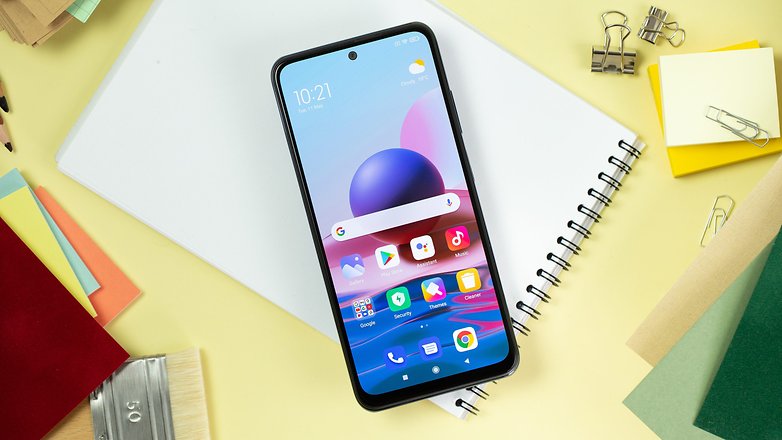
The 6.43-inch display does very well when displaying content, and is compatible with the HDR format for higher dynamic range of brightness and colors. Media consumption is made more enjoyable through the stereo speakers, but they are located at the sides of the handset (up and down when viewing in portrait mode).
Despite the good build quality and AMOLED display, the Redmi Note 10 lags behind its direct rivals for not having kept up with the trend of high refresh rates. Who is not keen on smoother animations on the display? A handset with decent dimensions while offering good handling is ideal for media consumption and gaming.
Below average performance
The Redmi Note 10 is powered by the Snapdragon 678 processor, which is an improvement on paper compared to its predecessor, albeit a slight one. Despite that, Xiaomi doesn't hide the fact that it's an older SoC, which is slightly overclocked compared to the Snapdragon 675 which was released in 2018.
What I liked:
- Upgrade compared to the Redmi Note 9
- Does not overheat
What I disliked:
- Poorer performance compared to its rivals
While some of its direct rivals have adopted processors from the Snapdragon 700 line which are not only faster but more modern as well, such as the Poco X3 from Xiaomi that is armed with the Snapdragon 732G, or the Snapdragon 750G found in the Moto G 5G, where both of these SoCs were manufactured using the 8 nm process. The Redmi Note 10 is powered by an 11nm SoC that is already starting to show its age.
Redmi Note 10: Benchmark results
| Benchmarks | Redmi Note 10 (Snapdragon 678) |
Galaxy A52 5G (Snapdragon 750G) |
Motorola G30 (Snapdragon 662) |
Galaxy A72 (Snapdragon 720G) |
|---|---|---|---|---|
| 3D Mark Wild Life | 482 | 1.090 | 388 | 1048 |
| 3D Mark Wild Life Stress Test | 482 ~ 486 | 1.090 ~ 1.093 | 382 ~ 383 | 1044 ~ 1048 |
| Geekbench 5 (single / multi) | 526/1.653 | 620/1.740 | 300/1.226 | 548/1.616 |
For social networking, web browsing, or even streaming media, it performs as well as its rivals, no doubt helped by the use of its modern LPDDR4x RAM and UFS 2.2 internal storage.
When it comes to gaming, however, the Snapdragon 675 and its Adreno 612 GPU are clearly at a disadvantage, where it lags badly behind smartphones that are powered by the Snapdragon 720 SoC and above.
In reality, the Redmi Note 10 is able to run games like Real Racing 3, Free Fire, and Call of Duty Mobile, albeit with toned down graphical settings. When it comes to Call of Duty Mobile, it was necessary to reduce the default graphics quality to ensure a stable frame rate of 60 FPS.
The Xiaomi Redmi Note 10's performance in daily tasks does not differ much from its competition, but the graphics processor certainly shows off its age in games, where more modern SoCs offer superior performance. At least the device did not show any signs of instability or overheating.
Camera is simply average
The Redmi Note 10's camera setup will certainly result in a feeling of déjà vu when you think of the Redmi Note 9, where it sports a quartet of cameras that carry similar specifications to its predecessor.
- Main camera: 48 MP, f/1.79 aperture, 1/2'' sensor
- Ultra-wide camera: 8 MP, f/2.2 aperture, 118° field of view
- Macro camera: 2 MP, f/2.4 aperture
- Depth sensor: 2 MP, f/2.4 aperture
- Selfie: 13 MP, f/2.45 aperture

What I liked:
- Good photos under good lighting
- Controlled processing of selfies
What I disliked:
- Not a very versatile set of cameras
- Weak performance in low light conditions
- Macro and tiltshift modes in the settings menu
The Redmi Note 10's main camera uses pixel binning by default to generate 12-megapixel images - 4 pixels merged into 1. Under good lighting conditions, the sensor captures good-quality photos.

The ultra-wide lens, meanwhile, offers images with a little bit of distortion at the edges, in addition to slight signs of chromatic aberration. As for the macro camera, the camera app seems to treat the option as an afterthought, without offering the option in the traditional camera mode menu. In order to select this lens as well as the tilt-shift mode, you will first need to enter the app's settings menu, which can be accessed via the ≡ button.

In the case of selfies, after some models reviewed before that smoothed the subject's skin to an unnatural degree, the Redmi Note 10 was a pleasant surprise, where it preserved skin imperfections while avoiding the artificial appearance of selfies captured using the Moto G30, for instance.
In addition, the portrait mode managed to perform a good separation of planes by applying bokeh in a convincing manner.

Performance in night shots, on the other hand, showed signs of excessive image processing, with an artificial, softened appearance. The results may even be sufficient on a smartphone display, but when you view the images on a larger display, you will notice a clear loss in detail.

After the good review of the cameras on the Redmi Note 10 Pro, I admit that I had expected more from the base model. But the use of a smaller main sensor and the tired ultrawide+macro+depth formula (with 8/2/2-megapixel resolutions) was a hint that its results would not live up to the higher-end version.
Battery life exceeded expectations
One of the points that stood out for the Redmi Note 10 during its review was the battery life - even after having it run through a battery of benchmarks (pardon the pun). In addition to the 5,000 mAh battery capacity, the 33 W charger proved to be almost as fast when charging compared to other higher-end smartphones.
What I liked:
- Good battery life
- Fast charging supported
What I disliked:
- Does not include wireless charging
Xiaomi's handsets used to be able to last for more than a day even when you put it through heavy usage, doing far more than the regular usage pattern of making a few calls, scrolling through your social media accounts, indulge in a little bit of video and audio streaming, and a spot of gaming to boot.
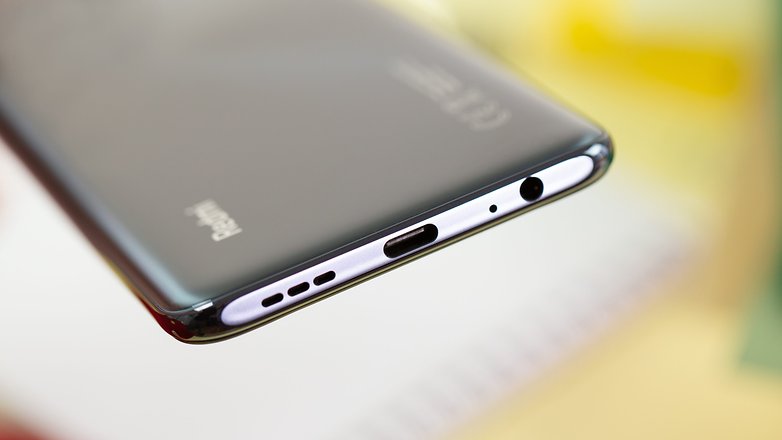
And charging with the included adapter and cable proved to be almost as fast as the Realme 8 Pro - which not only features 50W charging, but has a smaller battery.
The Redmi Note 10 showed 12% and 45% battery capacity respectively after spending 5 and 20 minutes plugged in. A full charge, on the other hand, took around 1 hour 10 minutes.
Charging times during the review were surprisingly close to the figures released by Xiaomi. The addition of good battery life with fast charging allows you to use the handset in a carefree manner without having to resort to Battery Saver mode.
Hardware specifications and other information
I will list other points below that may interest the NextPit community, and have presented a short summary:
- The Redmi Note 10 does not have NFC support and is not compatible with proximity payment systems
- The phone has an infrared port and includes an app for remote control that worked with selected TVs and audio systems
- The review unit carried a dual SIM tray with a microSD slot to boot
- After resetting the updated handset, the operating system pointed to 19.2 GB of used memory
- The packaging of the review unit included a 33 W charger, charging cable, SIM tray opening tool, and a protective cover
- The software version used in the review was version 12.0.5.0 (RKGMIXM)

Xiaomi Redmi Note 10
| Model | M2101K7AG |
|---|---|
| Processor | Qualcomm Snapdragon 678, 11 nm, octa-core (2x 2.2 GHz + 6x 1.7 GHz) GPU Adreno 612 |
| Memory |
|
| Expandable storage | Yes (microSD) |
| Connectivity | Bluetooth 5.0, Wi-Fi 5 |
| Screen | 6.43-inch, AMOLED, FullHD+, 60Hz |
| Dimensions | 74.5 x 160.5 x 8.3 mm |
| Weight | 178.8 grams |
| Camera |
|
| Battery | 5,000 mAh |
| Charging technology | 33W (11V, 3A) wired charging |
| Audio | Stereo speakers / 3.5 mm headphone jack |
| IP certification | IP 53 |
| Operating system | Android 11, with MIUI 12 |
| Colors | Onyx Gray, Pebble White, Lake Green |
| Price | $399.99 |
Is the Redmi Note 10 any good?
When analyzed as a standalone handset, the Xiaomi Redmi Note 10 is a good smartphone with a grounded yet attractive finish, AMOLED display with good image quality, in addition to excellent battery life and fast charging support.
What works against it would be the average camera performance that is basically a hand-me-down from the Redmi Note 9 and an outdated processor, although it does handle your everyday tasks and selected games well.
However, when you compare it to what is available in the market, while bearing in mind Anand Lal Shimpi's maxim: "There are no bad products, only bad prices", we see that some of Xiaomi's rivals have a better camera configuration and SoC within the same price range, including in Xiaomi's very own product range such as the Poco X3 NFC that costs just a bit more.
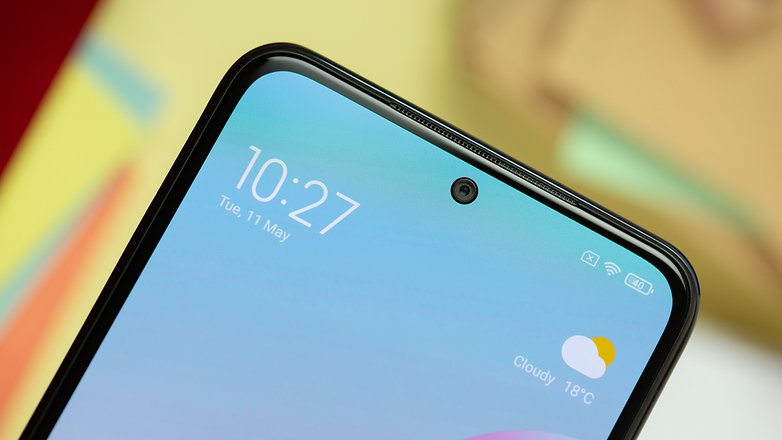
To make matters worse, some countries offer mid-range smartphones with superior hardware specifications such as the Samsung Galaxy A72 and Moto G 5G Plus at a virtually similar price point, not to mention perhaps flagship killers like the Samsung Galaxy S20 FE at a slight premium. The high official price slapped by Xiaomi might just encourage gray imports, which is bad for the brand's presence in any country.
I reviewed the Redmi Note 10 after reading the review written by my colleague Carsten Drees about the Note 10 Pro, and I ended up with the impression that Xiaomi saved the best for the top model in this range, leaving me with a feeling of "more of the same" in the vanilla model. Perhaps this is the result of a family that was conceived with 4 models from the beginning, where the Redmi Note 10 seems to be a smartphone that has grown comfortable due to success experienced by its previous generations.








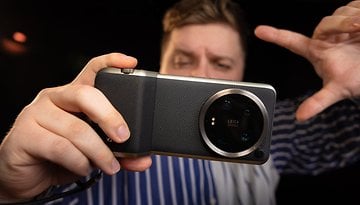

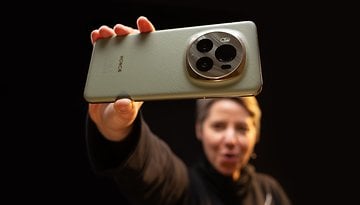
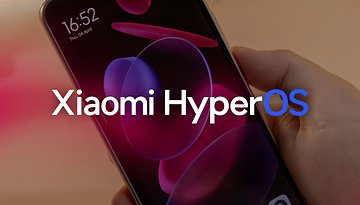
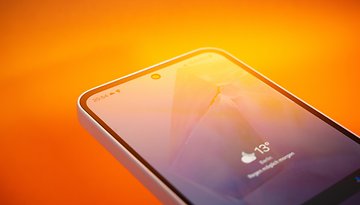
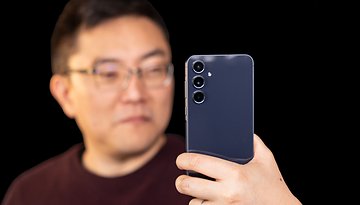


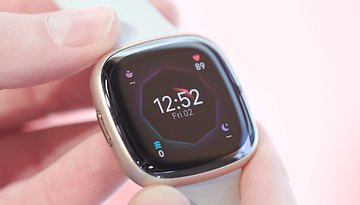



Recommended editorial content
With your consent, external content is loaded here.
By clicking on the button above, you agree that external content may be displayed to you. Personal data may be transmitted to third-party providers in the process. You can find more information about this in our Privacy Policy.